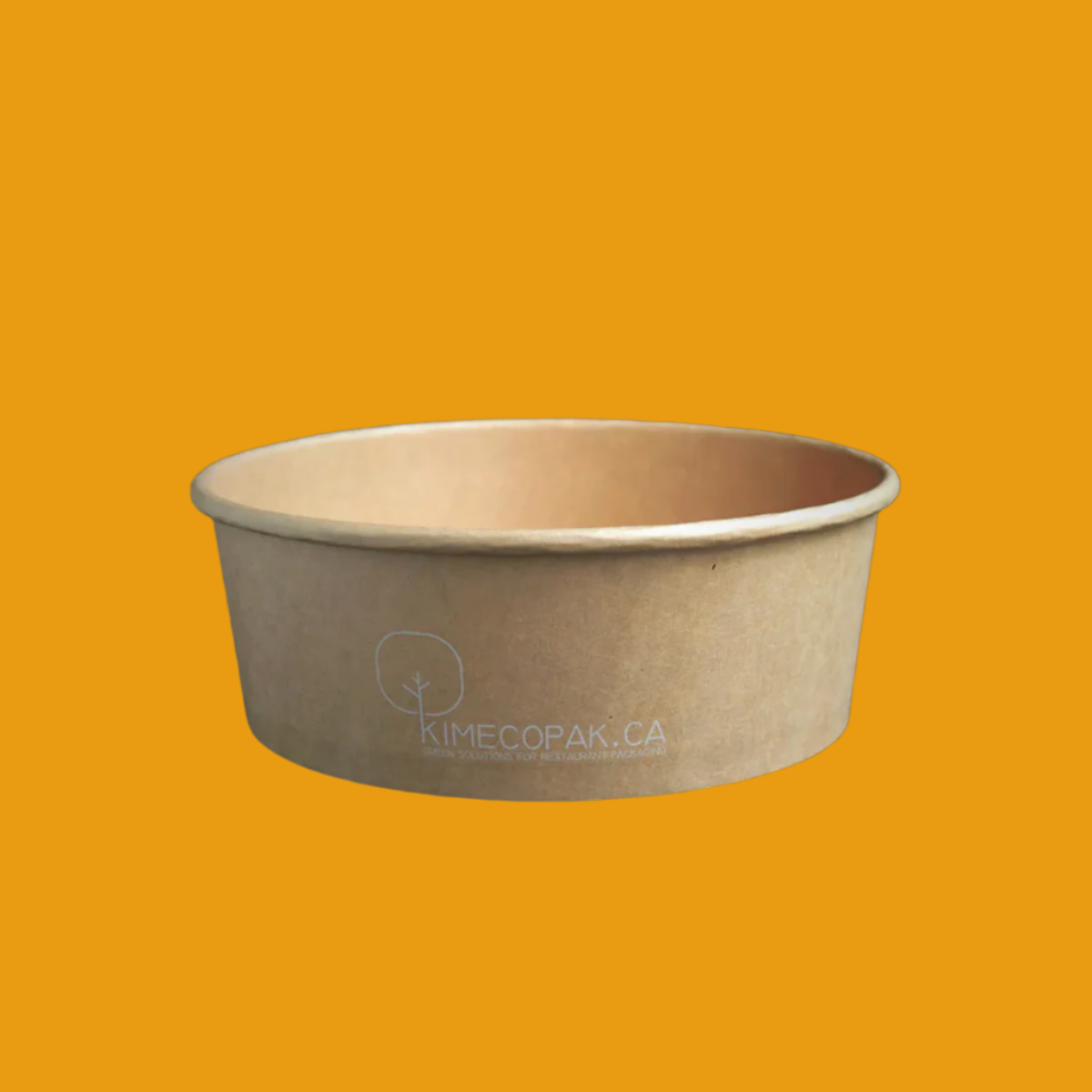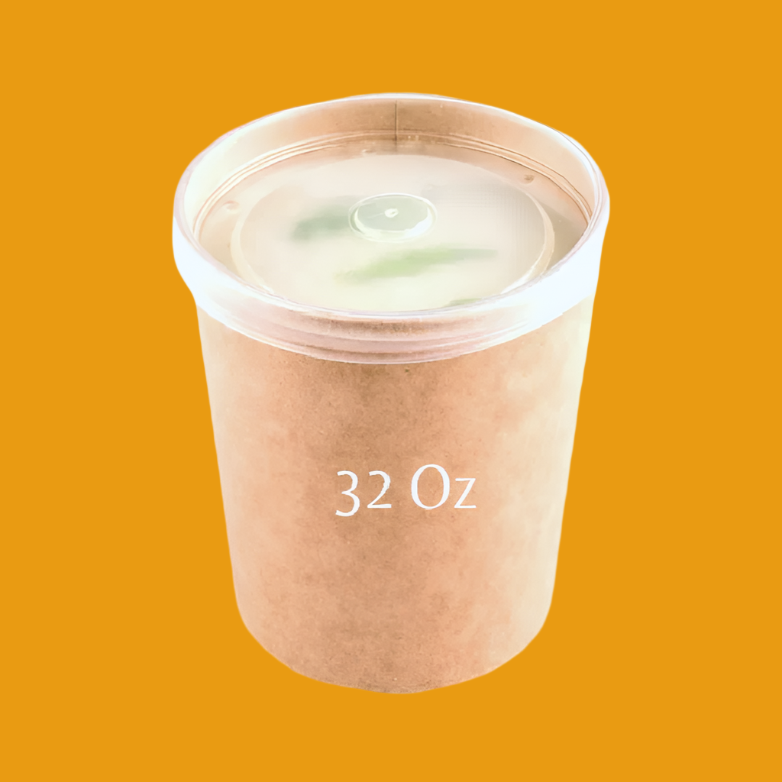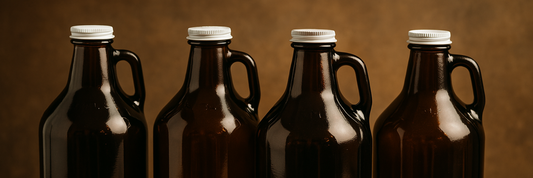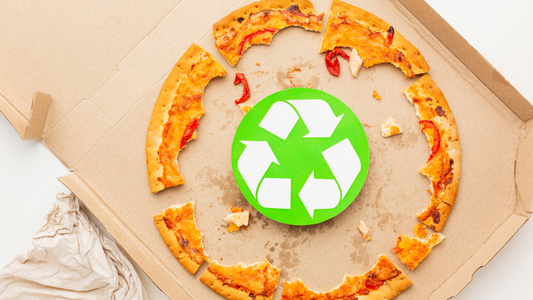Canned food is a staple in households, restaurants, and emergency supplies due to its long shelf life and convenience. But what happens when the expiration date has passed? Is it still safe to eat, or should you throw it away? Understanding how long canned food remains good after its expiration date can help you make informed decisions, reduce food waste, and save money.
In this guide, we’ll explore what expiration dates on canned food really mean, how long different types of canned food last, and how to tell if expired canned goods are still safe to eat. We’ll also provide practical storage tips to extend shelf life and discuss the environmental impact of unnecessary food waste.
How Long Can Food Stay Out in A Container?
How to Identify Food-Grade Buckets: Essential Tips for Food Safety
Understanding Canned Food Expiration Dates

What Do Expiration Dates on Canned Food Mean?
When examining the labels on canned goods, you might encounter terms like "Best By," "Use By," and "Sell By." These phrases signify different meanings:
- Best By: This date suggests when the product will have optimal flavor or quality. It isn’t an indicator of safety.
- Use By: This is more about food safety. Consuming products after this date may pose risks, but it is often still safe if stored properly.
- Sell By: Retailers use this date to manage inventory. It indicates when the product should be sold, but not necessarily when the food will expire.
There’s a common misconception that expiration dates represent a sudden change in food quality. In many cases, canned food can remain safe long after these dates, particularly if there’s no visible degradation.
How Canning Preserves Food
Canning is a preservation method that involves sealing food in airtight containers and heating them to eliminate bacteria. This process ensures that canned foods can remain edible and safe for extended periods.
- The canning process involves heating food to kill off pathogens and then sealing it to prevent new bacteria from entering.
- Because of this process, canned foods have a much longer shelf life compared to fresh foods, allowing them to be safely consumed years after their packaging date.
How Long Does Canned Food Last After Expiration?

General Shelf Life of Canned Foods
The shelf life of canned foods can vary based on their acidity and composition:
- High-acid foods (e.g., tomatoes, fruits): Typically safe for consumption 12-18 months past the expiration date.
- Low-acid foods (e.g., meat, vegetables): Can last anywhere from 2-5 years past the expiration date.
- Canned dry goods (e.g., beans, lentils): These often have an indefinite shelf life due to their low moisture content.
Factors That Affect Canned Food Longevity
Several factors can impact the longevity of canned food:
- Storage conditions: Canned goods should be stored in a cool, dry place. Excess moisture or heat can compromise the integrity of the can and the food inside.
- Quality of the can: Visual checks for dents, rust, or bulging containers can indicate potential spoilage or compromised safety.
How to Tell If Expired Canned Food Is Still Safe to Eat
Visual and Physical Signs of Spoilage
Examine canned foods before consuming them:
- Swollen, leaking, or heavily dented cans: These can indicate gas buildup from bacterial activity, signaling spoilage.
- Rust or damage affecting the seal: If the can is damaged and the seal is broken, it’s best to discard the food.
Smell and Texture Indicators
When opening a can, use your senses:
- Foul odor or mold: If there’s a distinct bad smell or visible mold, it is not safe to consume.
- Fizzing or bubbling liquid: This can be a sign of fermentation or spoilage and should be taken seriously.
Safe Storage Practices for Maximizing Shelf Life

Ideal Storage Conditions
To extend the life of your canned goods, consider:
- Recommended temperature and humidity: Keep canned foods in a cool location, ideally around 50-70°F (10-21°C), with low humidity levels.
- Storing in a cool, dark place: Avoid exposure to sunlight and heat sources, which can degrade the quality.
Best Practices for Businesses & Households
Implementing effective organization methods can help:
- FIFO (First In, First Out): This inventory method ensures that older products are used before newer ones, minimizing waste.
- Labeling and organizing: Clearly mark the expiration dates on cans to keep track of freshness.
The Environmental and Economic Impact of Discarding Expired Canned Food
Reducing Food Waste with Smart Consumption
Understanding when to keep or discard canned foods is essential:
- When to keep vs. when to discard: Most canned goods can be safely consumed well beyond their expiration date, reducing the need to throw them away.
- The role of expiration dates in food waste: Incorrectly interpreting these dates can contribute to wasted food resources.
The Role of Sustainable Packaging in Food Safety
Sustainable packaging can enhance food longevity:
- Eco-friendly options can help in creating a safer environment for food storage, reducing overall waste.
- Companies like KimEcopak.ca focus on sustainable practices that ensure food safety while minimizing environmental impact.
Frequently Asked Questions (FAQs)
Can I eat canned food 10 years after the expiration date?
- While it is possible, ensure the can is in good condition and check for any signs of spoilage.
How can I tell if my canned food is still safe to eat?
- Inspect the can for physical damage and smell the contents upon opening.
Does storing canned food in the fridge help extend its life?
- Refrigeration is not necessary and can sometimes cause condensation that impacts quality.
Are there health risks to eating expired canned food?
- Yes, consuming spoiled food can lead to foodborne illnesses. Always check for spoilage indicators.
How can I donate canned food that’s near or past its expiration?
- Many food banks accept canned goods close to expiration if they are in good condition. Always check with local organizations first.
Conclusion
Canned food offers a reliable source of nutrition that can last far beyond its marked expiration date. By understanding the significance of these dates, recognizing spoilage signs, and implementing proper storage practices, consumers can significantly reduce waste. Embrace smart consumption habits and contribute positively to both personal wellness and the environment.









